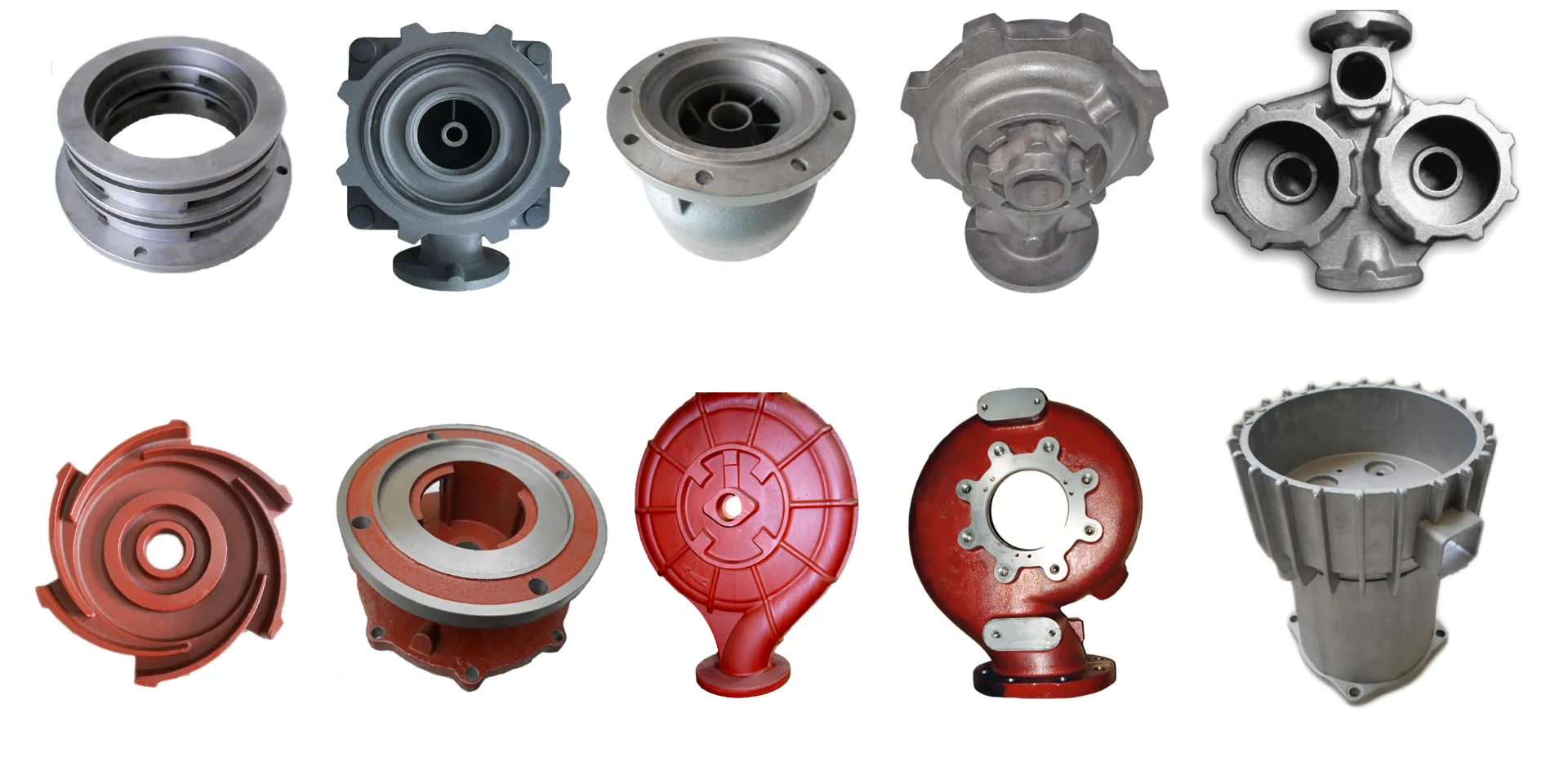Mobile:+86-311-808-126-83
Email:info@ydcastings.com
How Impeller Geometry Affects Fluid Dynamics In Industrial Pumps
In industrial pumps, the impeller is a critical component that directly influences the movement and pressure of fluids. The geometry of the impeller, including its shape, size, and blade orientation, plays a pivotal role in determining the fluid dynamics within the pump. This article explores how variations in impeller geometry impact fluid flow, pressure, efficiency, and overall pump performance.
The Role of Impeller Blade Shape
The shape of the impeller propeller blades is fundamental to the way fluid is handled within a pump. Blades can be curved, straight, or twisted, each design affecting fluid dynamics differently. Curved blades, for instance, are often used in centrifugal pumps to enhance the smooth transition of fluid from the inlet to the outlet, reducing turbulence and improving efficiency. This shape helps in minimizing energy loss as the fluid moves through the pump, making it ideal for applications requiring high efficiency.
Straight blades, on the other hand, are typically used in pumps where the primary goal is to move large volumes of fluid quickly. Although they may not be as efficient as curved blades in reducing turbulence, they are effective in high-flow scenarios where the focus is on maximizing the throughput rather than energy conservation. Twisted blades offer a compromise between the two, balancing flow volume and efficiency by guiding the fluid more effectively through the pump’s stages.
Blade thickness and profile also play a crucial role. Thicker blades may provide greater durability and resistance to wear, especially in abrasive applications, but they can also increase drag and reduce efficiency. Conversely, thinner blades, while more efficient, may be prone to damage in harsh environments. The choice of blade shape and thickness must, therefore, align with the specific requirements of the industrial application.
The Impact of Blade Angle on Flow Characteristics About Impeller
The angle at which the impeller blades are set relative to the rotation axis, known as the blade angle, significantly influences the flow characteristics within the pump. A steeper blade angle generally increases the pressure head generated by the pump, which is beneficial in applications requiring high-pressure output. However, this can also lead to increased energy consumption, as more power is needed to achieve the desired flow rate.
A shallower blade angle, in contrast, promotes a higher flow rate with less energy consumption but at a lower pressure head. This makes it suitable for applications where large volumes of fluid need to be moved with minimal resistance, such as in water circulation systems or low-pressure chemical processes. The challenge in impeller design is to find the optimal blade angle that provides the necessary balance between flow rate and pressure, depending on the specific industrial application.
Blade angle adjustments can also influence the onset of cavitation, a phenomenon where vapor bubbles form in the liquid due to pressure drops, leading to potential damage to the impeller and reduced efficiency. Careful consideration of the blade angle in the design phase can mitigate cavitation risks, enhancing the longevity and performance of the pump.
The Role of Impeller Diameter in Determining Flow and Pressure
The diameter of the impeller is another key factor affecting fluid dynamics in industrial pumps. A larger impeller diameter generally allows for a greater volume of fluid to be moved per revolution, increasing the flow rate. However, this also typically requires more power, as the larger impeller has a higher mass and encounters more fluid resistance. The relationship between impeller diameter and fluid dynamics is, therefore, a balance between maximizing flow and minimizing energy consumption.
In contrast, a smaller impeller diameter reduces the flow rate but can increase the pressure head, making it suitable for applications where high pressure is more critical than high flow. Pumps with smaller impellers are also often more compact and energy-efficient, as they require less power to operate. The choice of impeller diameter is thus closely tied to the specific operational requirements, such as the need for either high flow or high pressure.
Adjustments to the impeller diameter can also be used to fine-tune a pump’s performance in existing systems. For example, trimming the impeller, or reducing its diameter, can lower the flow rate and pressure to better match the system’s requirements without the need for a complete pump replacement. This flexibility in impeller geometry allows for customization and optimization of pump performance across a wide range of industrial applications.
The Influence of Number of Blades on Fluid Dynamics About Impeller
The number of blades on an impeller is a critical factor that affects both the efficiency and the operational characteristics of a pump. A greater number of blades can improve the uniformity of fluid flow and reduce pulsations, leading to smoother operation and higher efficiency. However, increasing the number of blades also increases the frictional surface area, which can result in higher energy consumption.
Fewer blades may reduce friction and energy loss, but they can also lead to increased turbulence and uneven fluid distribution within the pump. This can negatively impact efficiency and lead to issues such as cavitation or increased wear on the pump components. The design choice regarding the number of blades must consider the trade-off between efficiency and the operational demands of the specific application.
In certain advanced designs, variable blade numbers are used to adjust the flow characteristics dynamically. These impellers can alter the number of active blades in response to changing operational conditions, providing a versatile solution that can adapt to varying flow and pressure requirements. Such innovations in impeller design are pushing the boundaries of what is possible in fluid dynamics, offering new ways to enhance pump performance.

-
Materials Used in Manufacturing Cap End Pipe FittingsNewsNov.24,2025
-
Material Properties of CF8M CastingNewsNov.24,2025
-
How to Inspect Pump Cap Ends for DamageNewsNov.21,2025
-
Backward Curved Impeller – Efficient Airflow Solutions for Industry | YD CastingsNewsNov.21,2025
-
Automobile Water Pump - Efficient, Quiet, Durable & ElectricNewsNov.21,2025
-
Impeller for Pumps – High-Efficiency, Durable, OEM-ReadyNewsNov.21,2025











